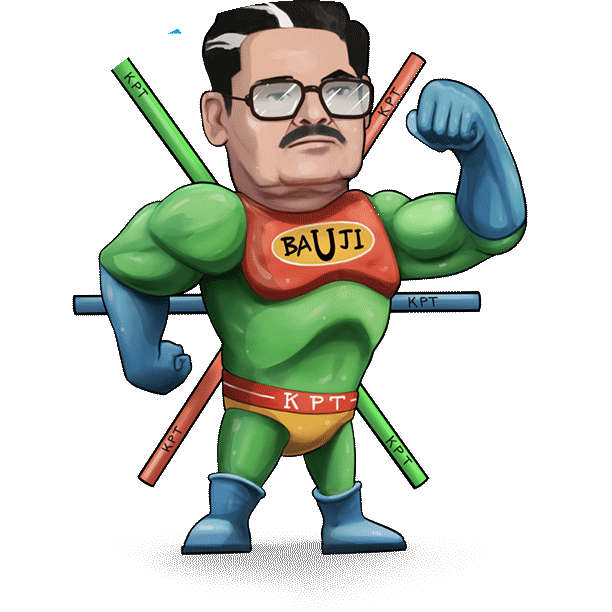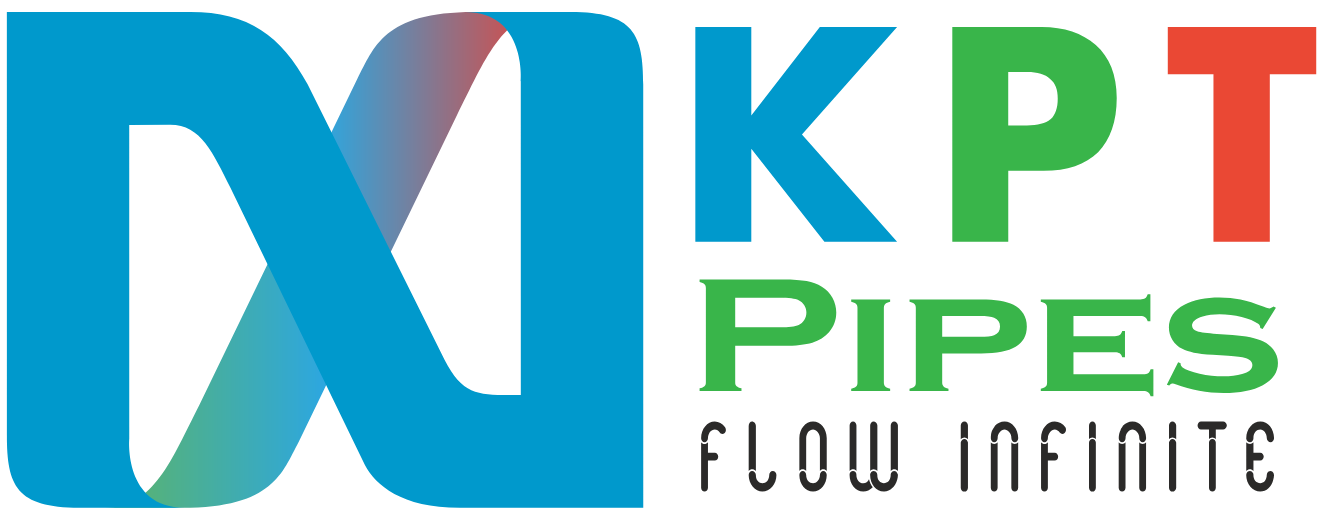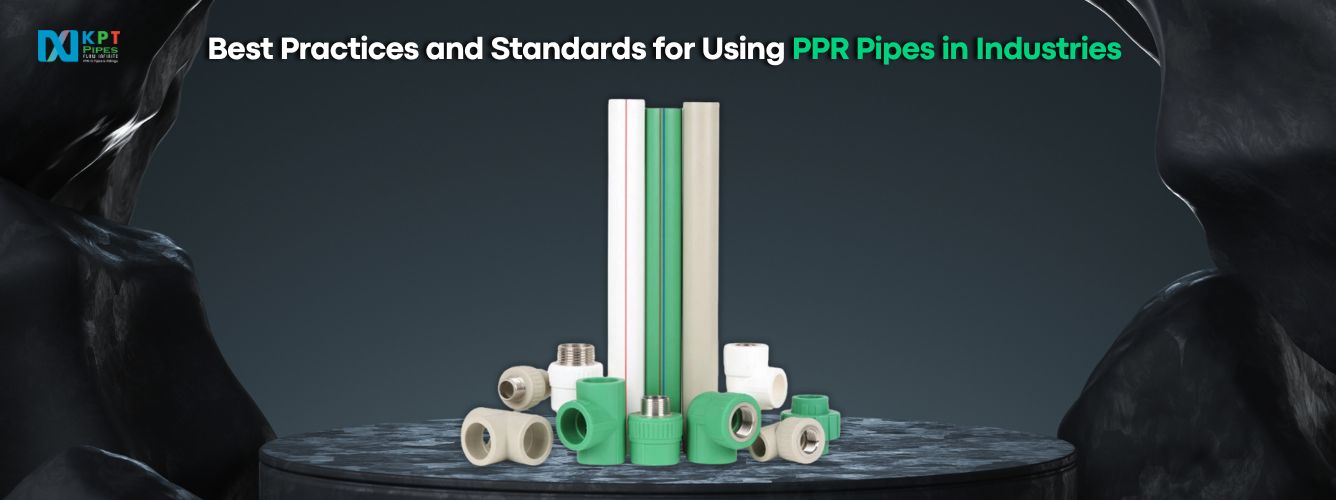In industries where efficiency, reliability, and safety are paramount, the choice of piping material plays a critical role. Polypropylene Random Copolymer (PPR) pipes have gained significant traction due to their exceptional properties, making them a preferred choice across various industrial applications. However, ensuring safety considerations and adhering to standards is imperative when utilizing PPR pipes within industrial settings.
PPR pipes are renowned for their durability, corrosion resistance, and capability to withstand high temperatures and pressures. Nevertheless, their effective utilization requires a thorough understanding of safety protocols and adherence to industry standards. Here are crucial safety considerations and standards to observe when employing PPR pipes in industries:
Table of Contents
ToggleCompliance with Regulatory Standards:
Before installation, ensure that the PPR pipes comply with industry-specific regulatory standards. Standards such as ASTM F2389, ISO 15874, and EN ISO 15874 establish the quality, dimensions, and performance requirements for PPR piping systems. Adhering to these standards ensures the pipes’ reliability and longevity under various industrial conditions.
Proper Material Selection:
Selecting the appropriate grade and thickness of PPR pipes is fundamental. Different industrial applications demand specific material grades and thicknesses to withstand the intended pressure, temperature, and chemical exposure. Choosing pipes with the right specifications is crucial to prevent failures and ensure operational safety.
Qualified Installation:
Proper installation by trained and certified professionals is paramount to guarantee the integrity of PPR piping systems. Installation must strictly follow manufacturer guidelines and industry best practices. Correct jointing techniques, including socket fusion or butt fusion methods, should be employed to prevent leaks and ensure structural stability.
Regular Inspection and Maintenance:
Scheduled inspections and maintenance routines are vital to detect potential issues early. Inspect for signs of wear, degradation, or leaks in PPR pipes. Regular maintenance, such as cleaning and replacement of worn-out components, preserves the efficiency and safety of the piping system.
Pressure and Temperature Considerations:
Respect the recommended pressure and temperature limits of the PPR pipes. Exceeding these limits may compromise the pipes’ structural integrity, leading to catastrophic failures. Implement pressure-relief mechanisms and temperature monitoring systems where necessary to prevent overloading the piping system.
Chemical Compatibility and Exposure:
Assess the compatibility of transported fluids with PPR material. Chemicals or substances carried through the pipes must not corrode or degrade the piping material. Understanding chemical compatibility ensures the longevity of PPR pipes and prevents hazardous leaks or contamination.
Emergency Response Planning:
Develop comprehensive emergency response plans outlining procedures in case of pipe failures, leaks, or other emergencies. Adequate training of personnel on emergency protocols is crucial to mitigate risks and minimize potential damages or injuries.
In conclusion, while PPR pipes offer numerous advantages in industrial applications, ensuring safety and adherence to standards is non-negotiable. By complying with regulatory standards, selecting appropriate materials, employing qualified installation practices, conducting regular inspections, and considering pressure, temperature, chemical exposure, and emergency planning, industries can maximize the efficiency and safety of PPR piping systems. Prioritizing these considerations safeguards not only the infrastructure but also the well-being of personnel and the surrounding environment.



